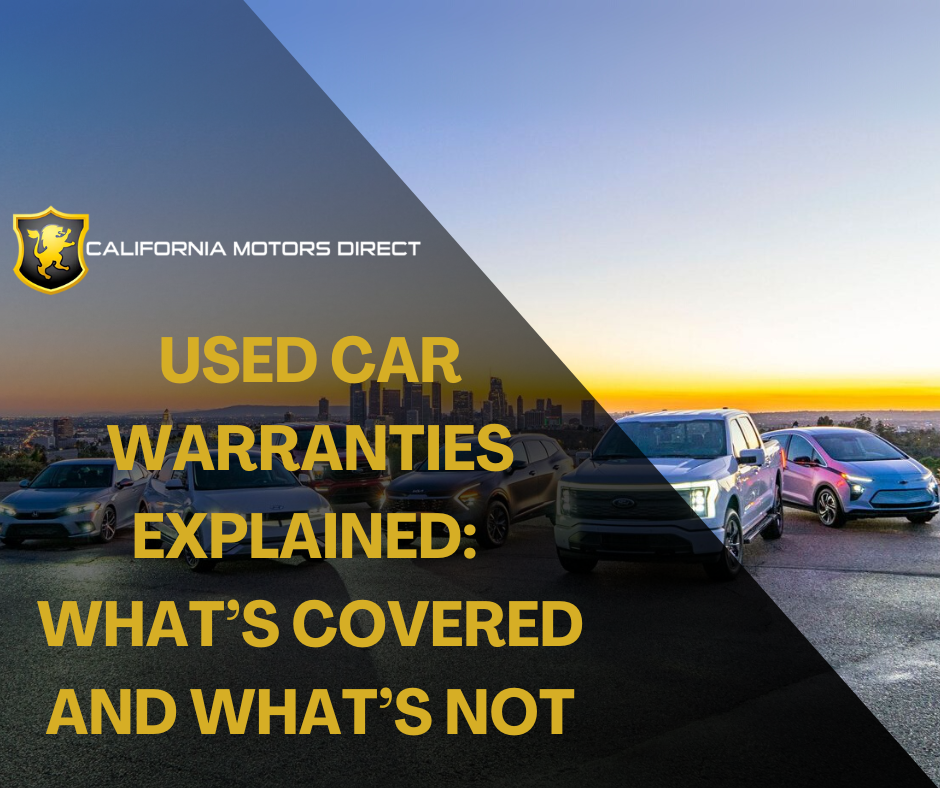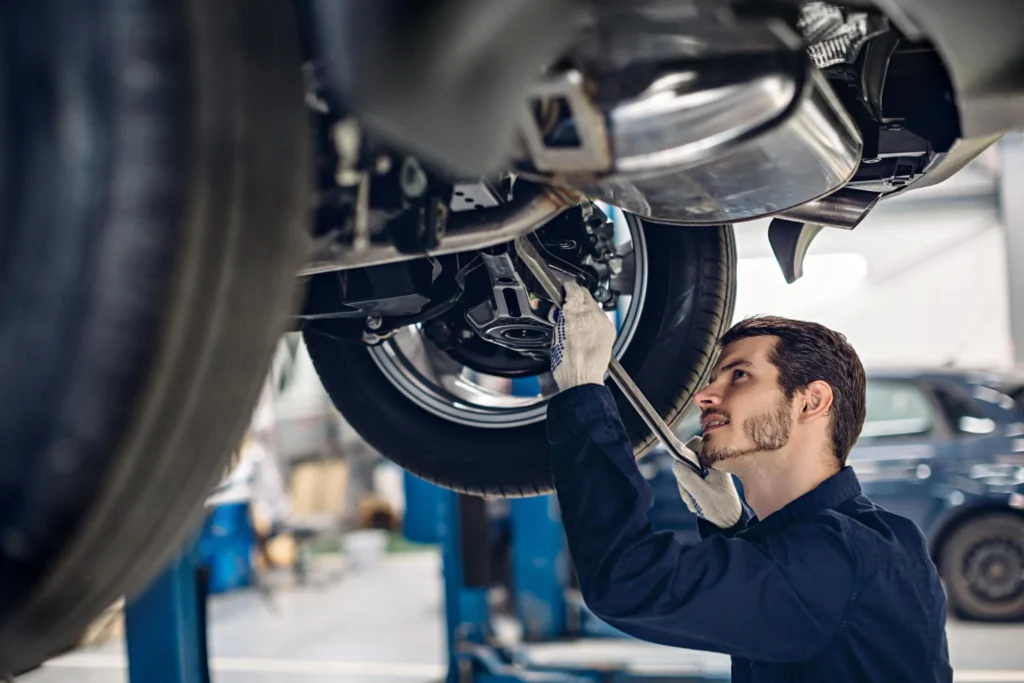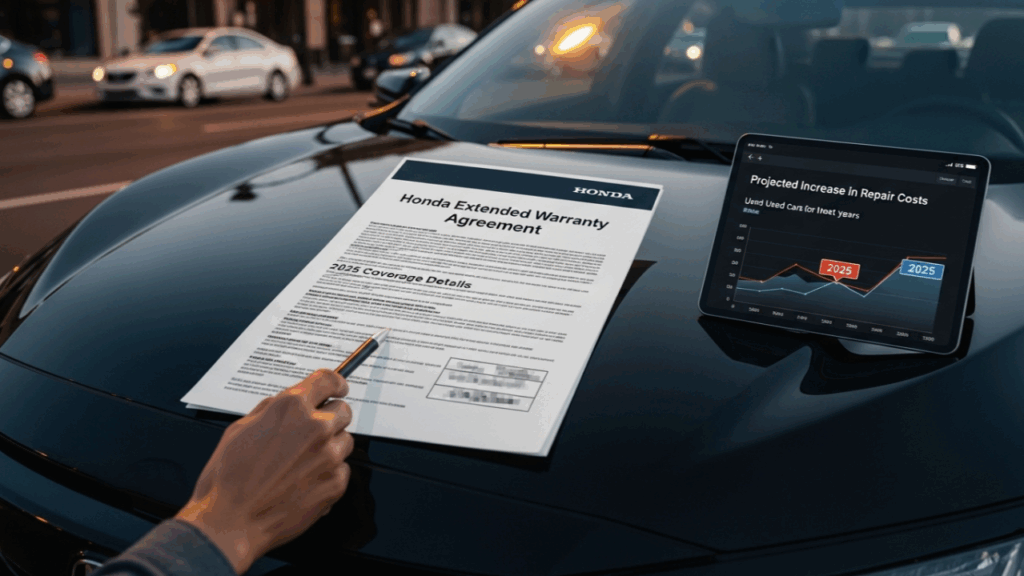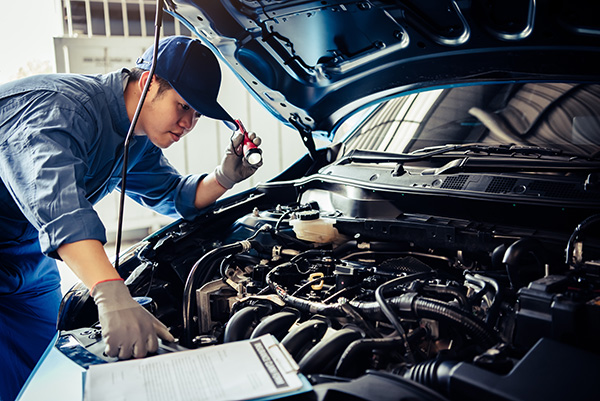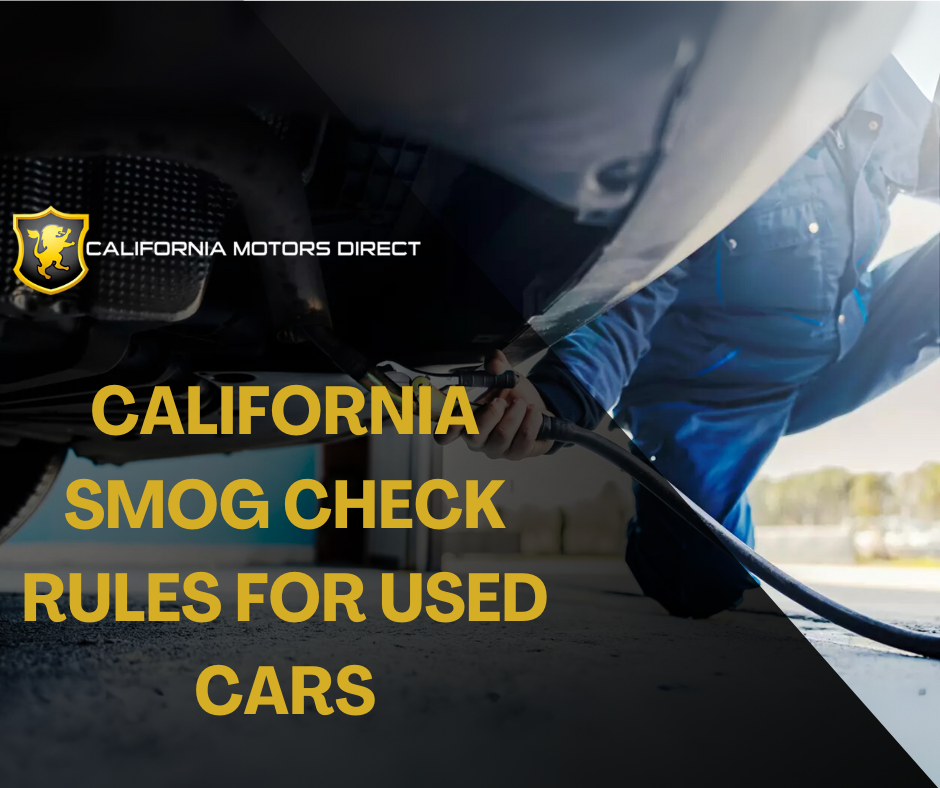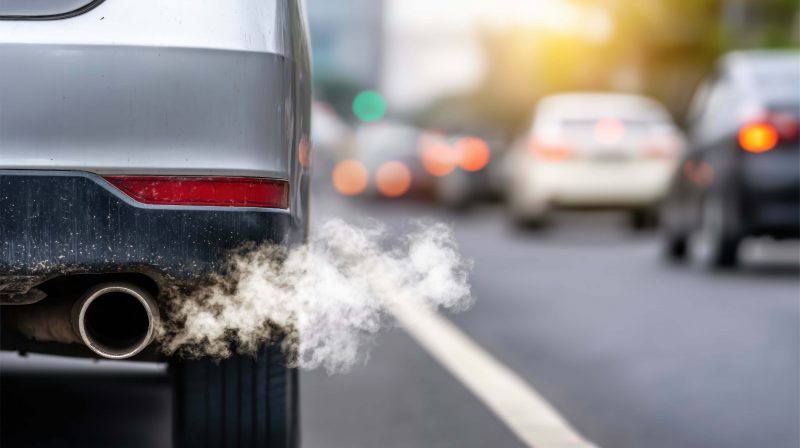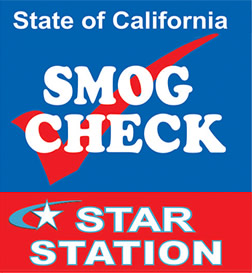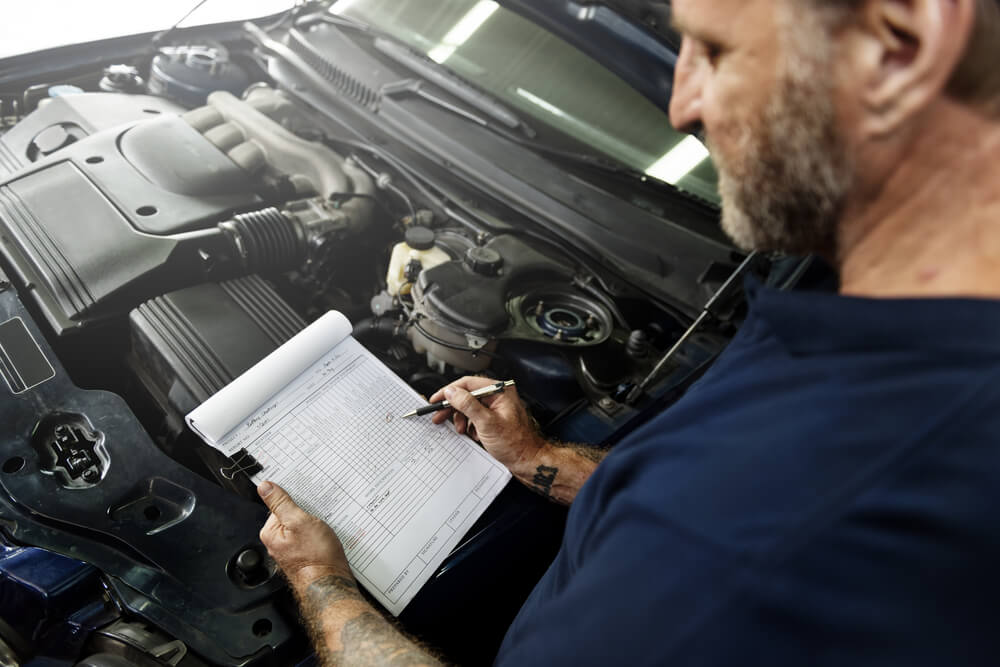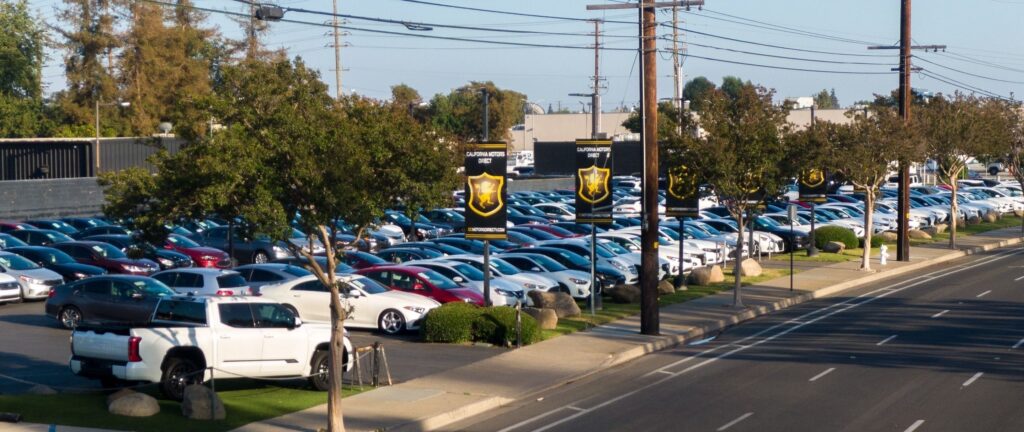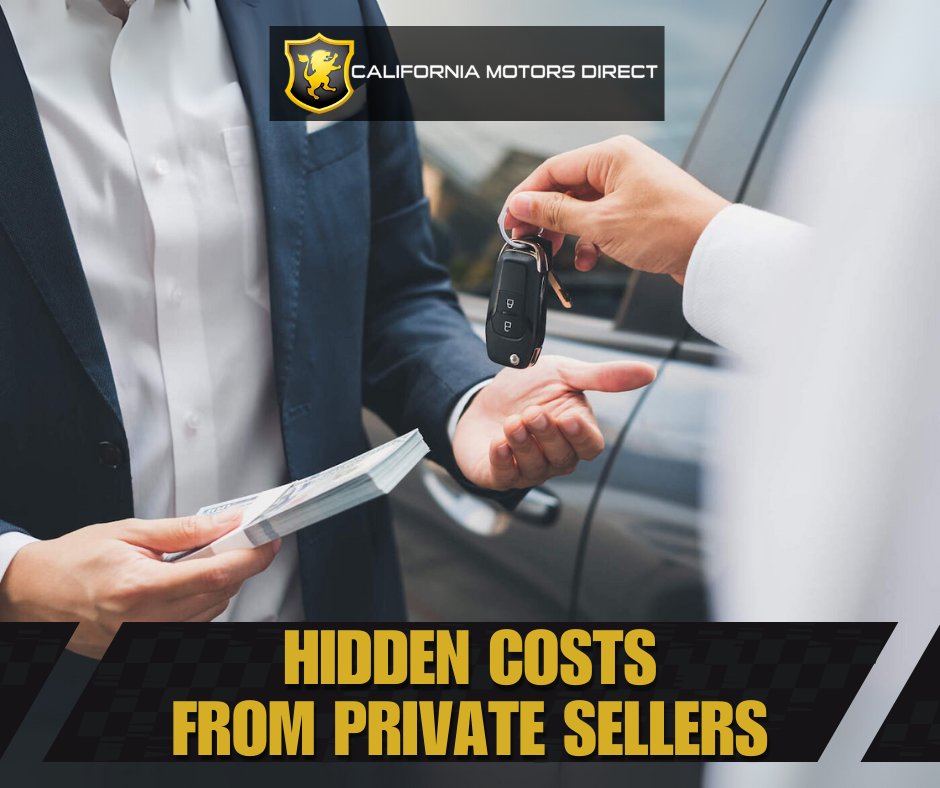
Buying a used car from a private seller in Orange County seems like a great way to avoid dealership markups — and sometimes it is. Prices on Craigslist, Facebook Marketplace, and OfferUp often look tempting, and the seller may even be local, friendly, and flexible.
But what many buyers don’t realize is that private-party purchases come with hidden costs, risks, and responsibilities that can turn a “deal” into an expensive mistake. In Orange County — where registration costs are high, smog rules are strict, and scams are common — knowing these hidden pitfalls can save you thousands of dollars and months of frustration.
TAXES & DMV FEES MOST BUYERS UNDERESTIMATE
When you buy from a private seller in California, you don’t escape taxes—you shift from sales tax to use tax at the same combined rate based on where you live. You pay it when you register at the DMV (or directly to CDTFA in some scenarios).
- Use Tax: Charged on the purchase price; the DMV collects it during title transfer unless you must file with CDTFA.
- Transfer & Registration Fees: Vary by vehicle and timing; the DMV’s official fee calculator shows estimates (and late penalties if you miss deadlines).
- Deadlines Matter: Buyers generally have 10 days to transfer ownership; sellers must file a Notice of Transfer and Release of Liability (NRL) promptly to reduce their exposure. Late actions can trigger penalties.
- Late-fee shock: California assesses escalating percentages on the Vehicle License Fee and fixed late fees as delays grow. Don’t let a “cheap” car balloon from missed dates.
Pro tip: Before you hand over cash, run the VIN in the DMV calculator to estimate fees and confirm registration status.
SMOG CHECK RESPONSIBILITY
In California, for most private-party sales the seller is legally responsible for providing a valid Smog Check at the time of sale (generally valid within the last 90 days).

But Many Private Sellers:
- Skip the smog requirement
- Claim “it passed recently” with no proof
- Tell you to smog it yourself
If the car fails, YOU take on the repair costs — and smog failures in Orange County can cost anywhere from $300 to $2,000+ depending on what needs fixing.
Always Ask For:
- A valid smog check certificate
- A printed Vehicle Inspection Report (VIR) showing the actual results
If they refuse, walk away. It’s the #1 hidden cost in OC private-party sales.
TITLE ISSUES, LIENS & ODOMETER PROBLEMS
Clean title doesn’t always mean “problem-free.” You must verify ownership, lien releases, and accurate mileage—or you risk losing the car, paying someone else’s loan, or facing fraud headaches.
Common Hidden Issues:
- Existing liens that haven’t been paid off
- Salvage or rebuilt titles not disclosed
- Incorrect odometer readings
- Out-of-state titles requiring extra verification
- Seller not matching the name on title
These problems can lead to registration delays, additional fees, or in worst cases, you could lose the vehicle entirely.
What to Do Before Buying:
- Check the VIN on the title, windshield, and door jamb
- Verify the seller’s name matches the title
- Ask for a lien release letter if applicable
- Federal rules (as implemented by CA) require mileage disclosure for most vehicles; make sure the same form is signed correctly by both parties.
- Check the car’s history through NMVTIS, Carfax, or AutoCheck
Buying without verifying these details is one of the costliest mistakes buyers make.
MECHANICAL PROBLEMS & HIDDEN DAMAGE
Unlike dealerships, private sellers do not provide warranties. Most private-party cars are sold as-is, meaning once money changes hands, the car is yours and so are all its problems. The California Lemon Law generally doesn’t apply to private sales (unless a manufacturer’s warranty still covers the defect or there’s fraud).
Hidden mechanical issues are extremely common in private sales, especially in high-mileage Orange County vehicles that have spent years in traffic, heat, or near the coast.
Common Hidden Mechanical Issues:
- Transmission slipping
- Oil leaks
- Check engine lights
- Brake and suspension wear
- Cooling system problems
- Flood damage or corrosion
- Deteriorated car battery
- Accident repairs hidden without insurance claims
A dealership would inspect and recondition these issues. A private seller often doesn’t.
Pro Tip: If any of these additional signs appear during the inspection, it’s a sign you should reconsider the vehicle.
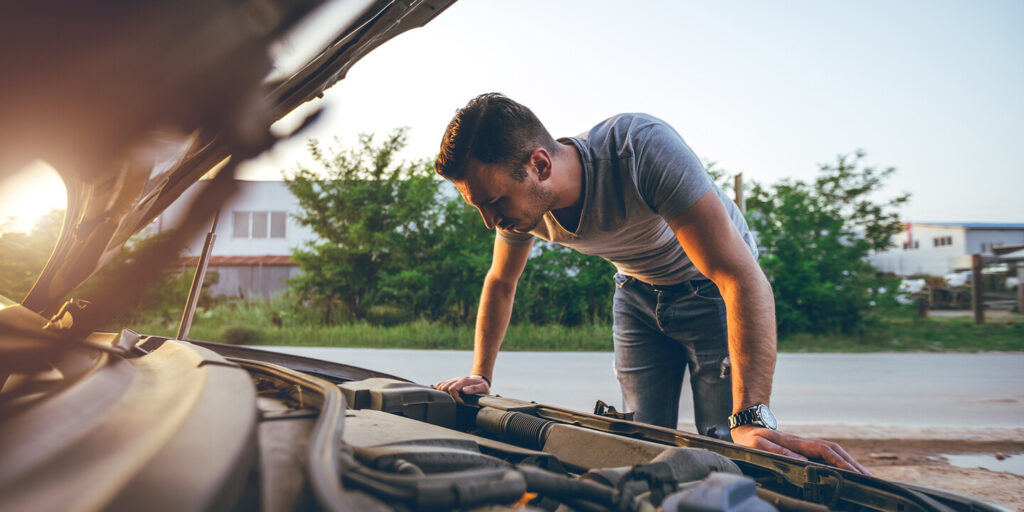
To Protect Yourself:
Always get a pre-purchase inspection from a reputable mechanic. In Orange County, this typically costs $150–$250, and it’s the best money you’ll spend in the entire process.
THE “GHOST BILLS” TRAP
One of the most overlooked hidden costs in private-party sales is what many buyers call the “Ghost Bill” Trap — unpaid tolls, parking tickets, or violations tied to the vehicle before you bought it. In Orange County, where The Toll Roads are heavily used and parking enforcement is strict, this issue is more common than most people realize.
Even though these violations happened under the previous owner, they can still cause:
- Registration delays when you try to transfer the car
- Unexpected fees or penalties tied to the vehicle record
- Toll violations that balloon from a few dollars to $50–$100+ each
This happens because violations are often linked to the license plate and vehicle record, not the individual driver. If the seller didn’t pay them — or didn’t file the Notice of Transfer and Release of Liability (NRL) quickly — the car’s record can still show outstanding charges when you visit the DMV.
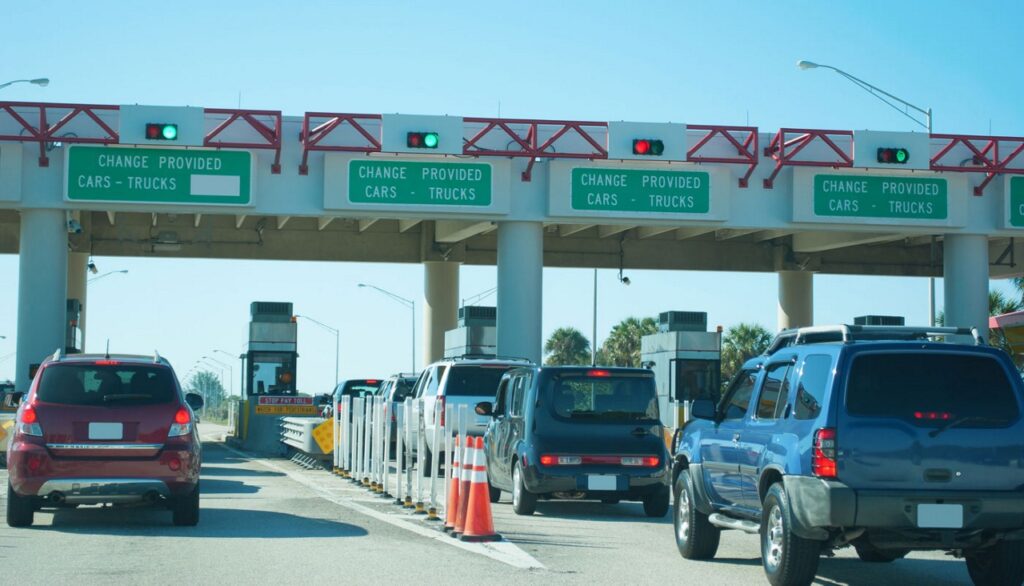
How to Avoid the Trap:
- Use the DMV Registration Status Check before you buy.
- Ask the seller to file the NRL immediately.
- Call The Toll Roads customer service with the VIN and plate after purchase to clear pre-purchase violations.
- Transfer the title within 10 days to prevent new tickets from being assigned to the car’s old record.
RISK OF SCAMS
Orange County is a hot market for private sales, which unfortunately attracts scammers pretending to be “private sellers.”
Some common scam tactics include:
- Fake VINs or cloned VIN plates
- Fake titles
- Stolen vehicles sold with fraudulent paperwork
- Curbstoners (unlicensed dealers flipping cars illegally)
- Payment scams: “Cashier’s check scams” where buyers receive bad checks
- Sellers clearing check-engine codes right before showing the car
Once the transaction is done, you have very little protection. Always meet in a public place, verify the seller’s ID, and avoid cash-only deals without proper paperwork.
SHOULD YOU STILL BUY FROM A PRIVATE SELLER?
Absolutely — but only if you protect yourself.
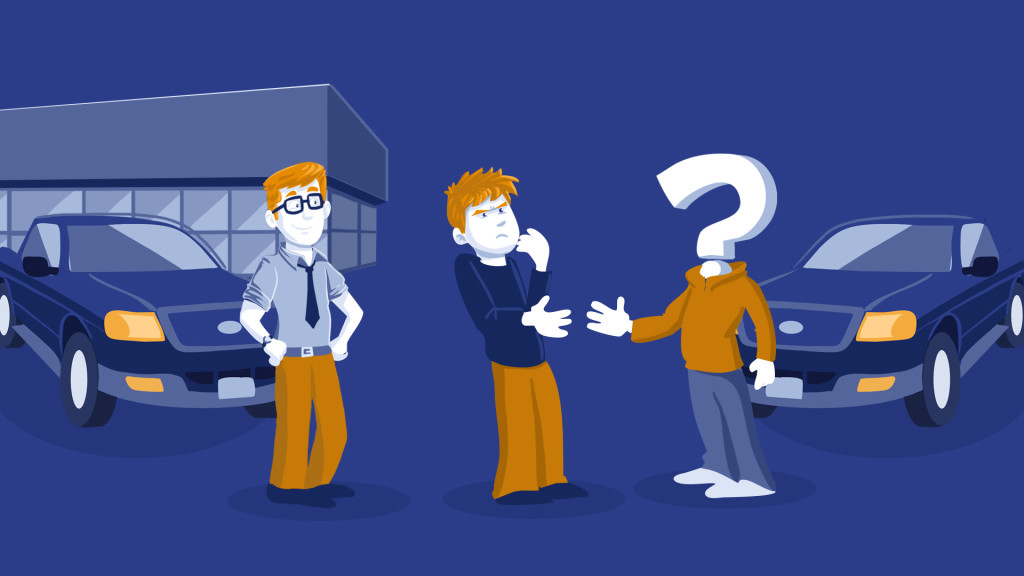
Private sales CAN save you money, but only if:
- Seller-provided Smog Check (within 90 days) + Vehicle Inspection Report.
- Title with seller’s name, and lien release if a lender is listed.
- Odometer disclosure (conforming to CA rules for model-year age).
- NMVTIS report; walk away from branded/salvage unless you fully understand the implications.
- Pre-purchase inspection from a BAR-registered shop; get the estimate in writing.
- A plan to file your transfer in 10 days and have the seller submit the NRL within 5 days to avoid toll/parking hassles.
- Screenshot of the DMV fee calculator estimate for your VIN before you pay.
If you have doubts about a private seller’s trustworthiness, a dealership is your safest option, offering far more transparency and peace of mind
FINAL THOUGHTS:
Private-party car shopping in Orange County doesn’t have to be risky — but you must go in prepared. With the right information and a smart buying process, you can avoid costly mistakes and find a car that truly fits your needs and budget.
By following these steps, you’ll protect your wallet, avoid scams, and ensure that the “great deal” you found is actually great — not a financial trap.




